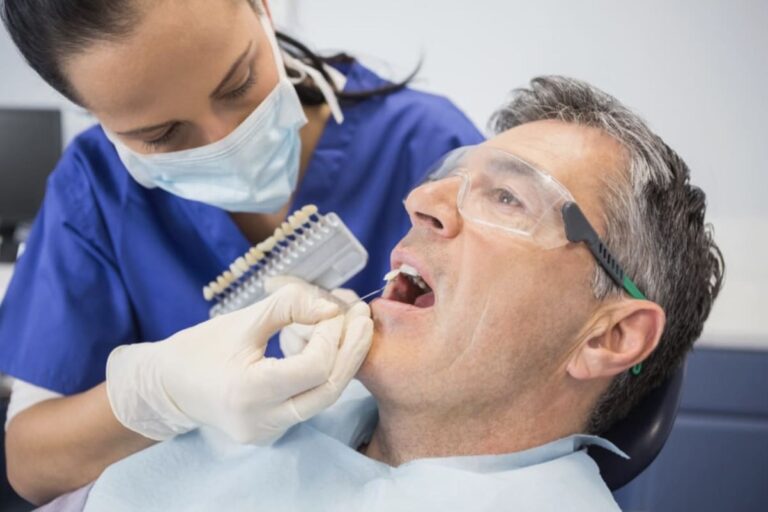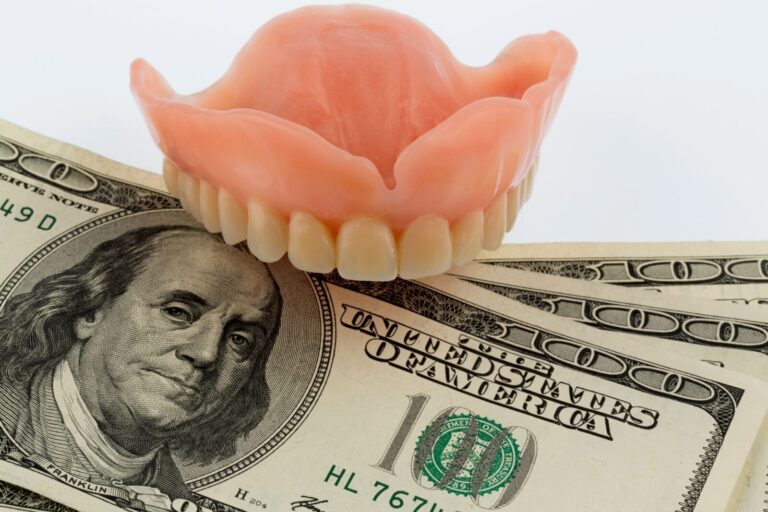One of the risks from dental implants is infection. And a major cause of these infections is bacterial biofilms.
These biofilms are a slime-enclosed mass of bacteria that are notoriously hard to treat. Yeah, sounds pretty gross to us too.
This is a big deal because infections are the main reason that dental implants can fail. Implant makers have more frequently been using implant materials that have rough surfaces. The increased contact area of these makes the implants more secure. However, the increased surface area also leads to an increased risk of biofilm and infection development.
To counter this, some very smart people created an elegant solution. They made an implant with a reservoir inside that can be filled by removing a screw in the implant. The reservoir is filled with chlorhexidine which is a antimicrobial agent that is often used in oral rinses and mouthwash. The implant itself is made of a porous material which allows the chlorhexidine to gradually be released from the implant.
Researchers found that this implant stopped a common bacteria that commonly attacks the teeth from forming potentially harmful biofilms. The results of the research also show that the implant was effective in both preventing the formation of biofilms as well as eliminating biofilms that had previously developed.
Researchers also think this technology may be potentially able to prevent and cure infections in patients.
The study was published in European Cells and Materials.







